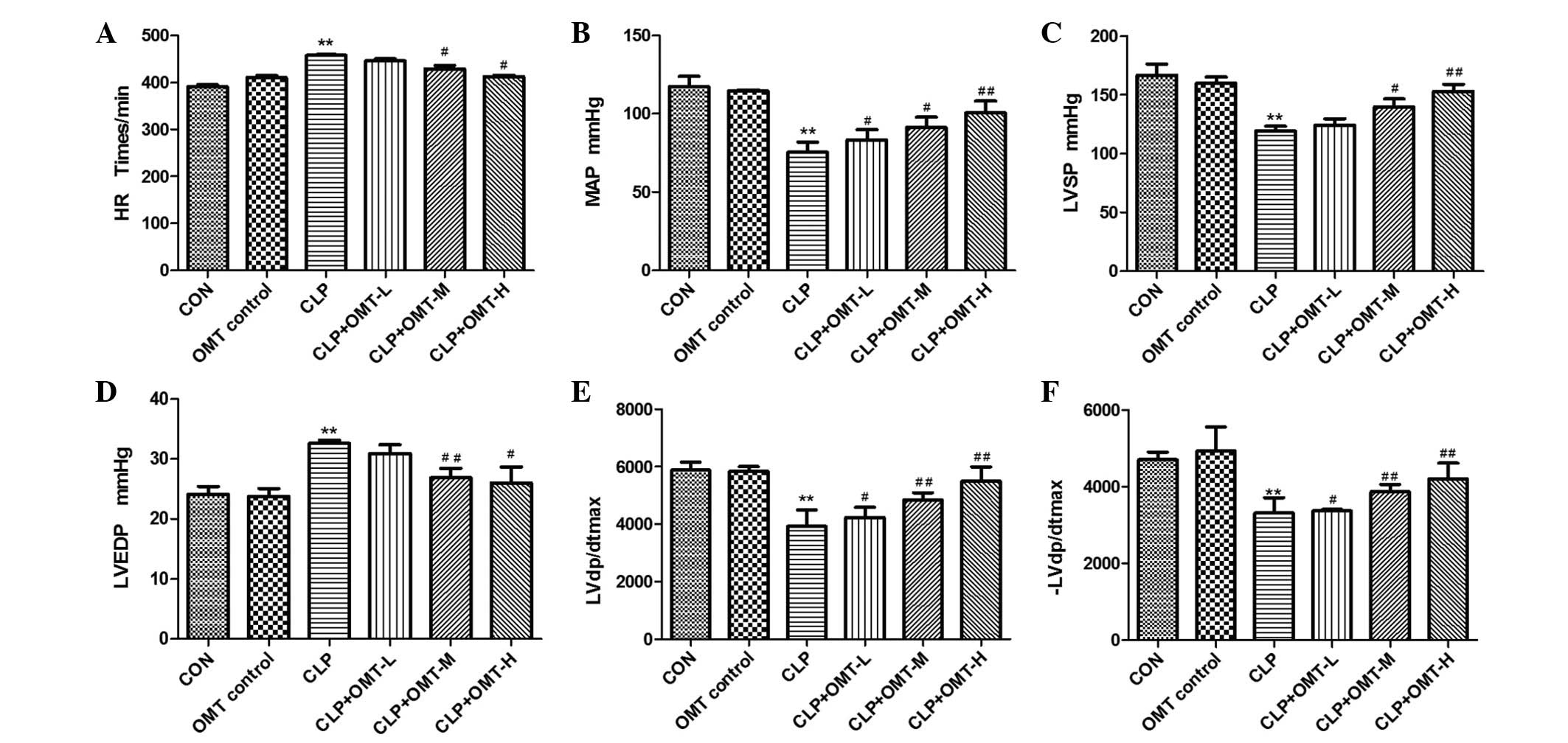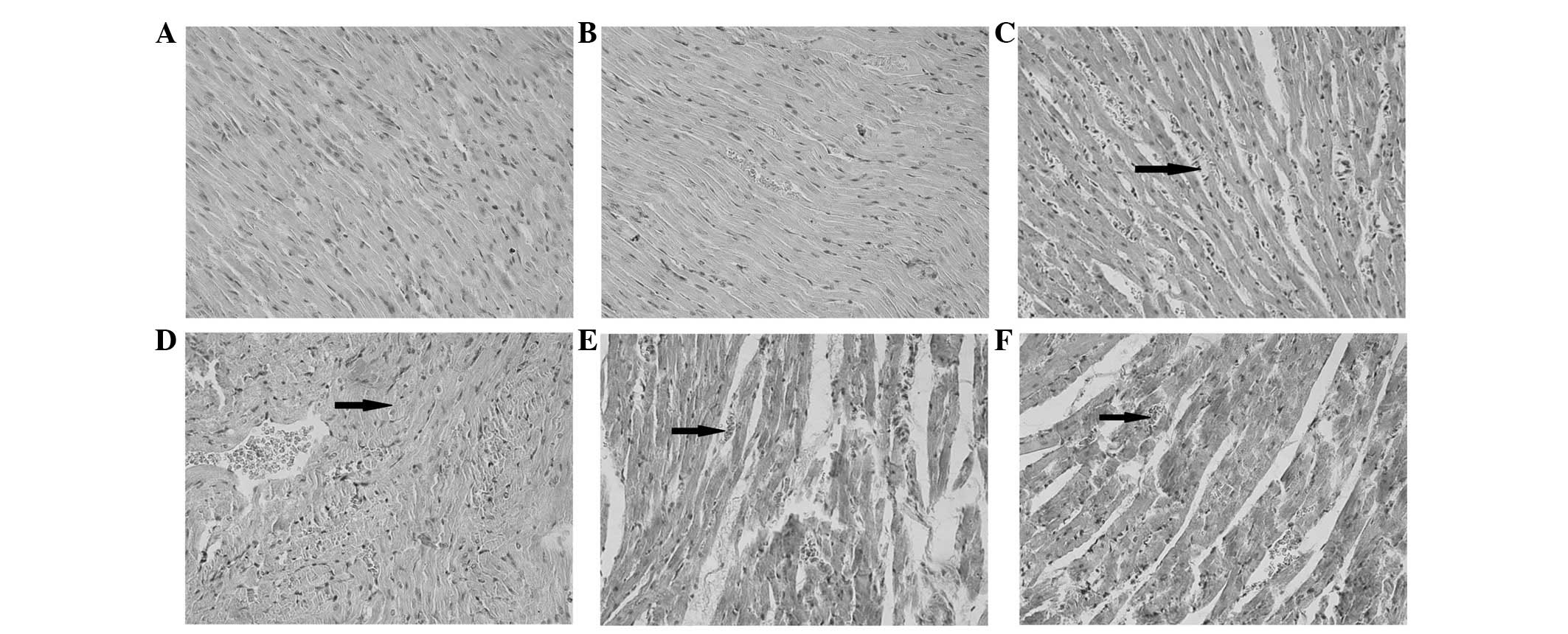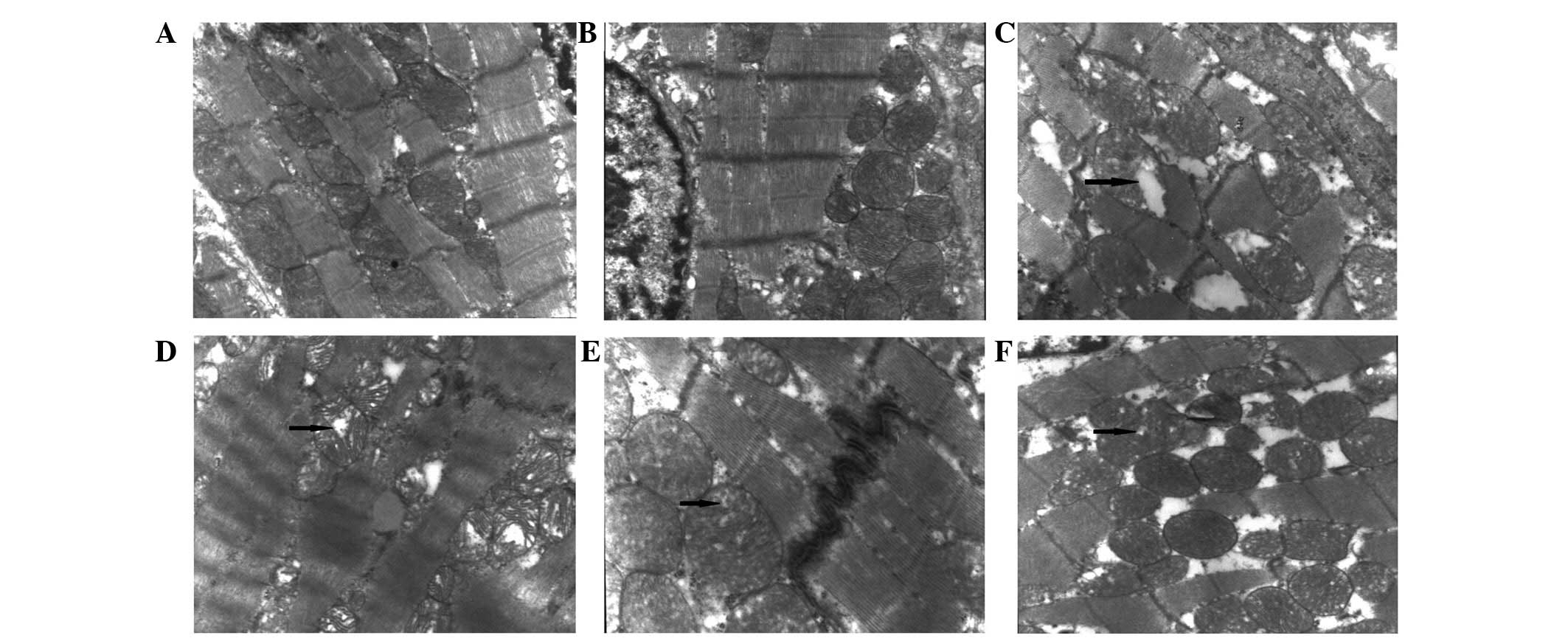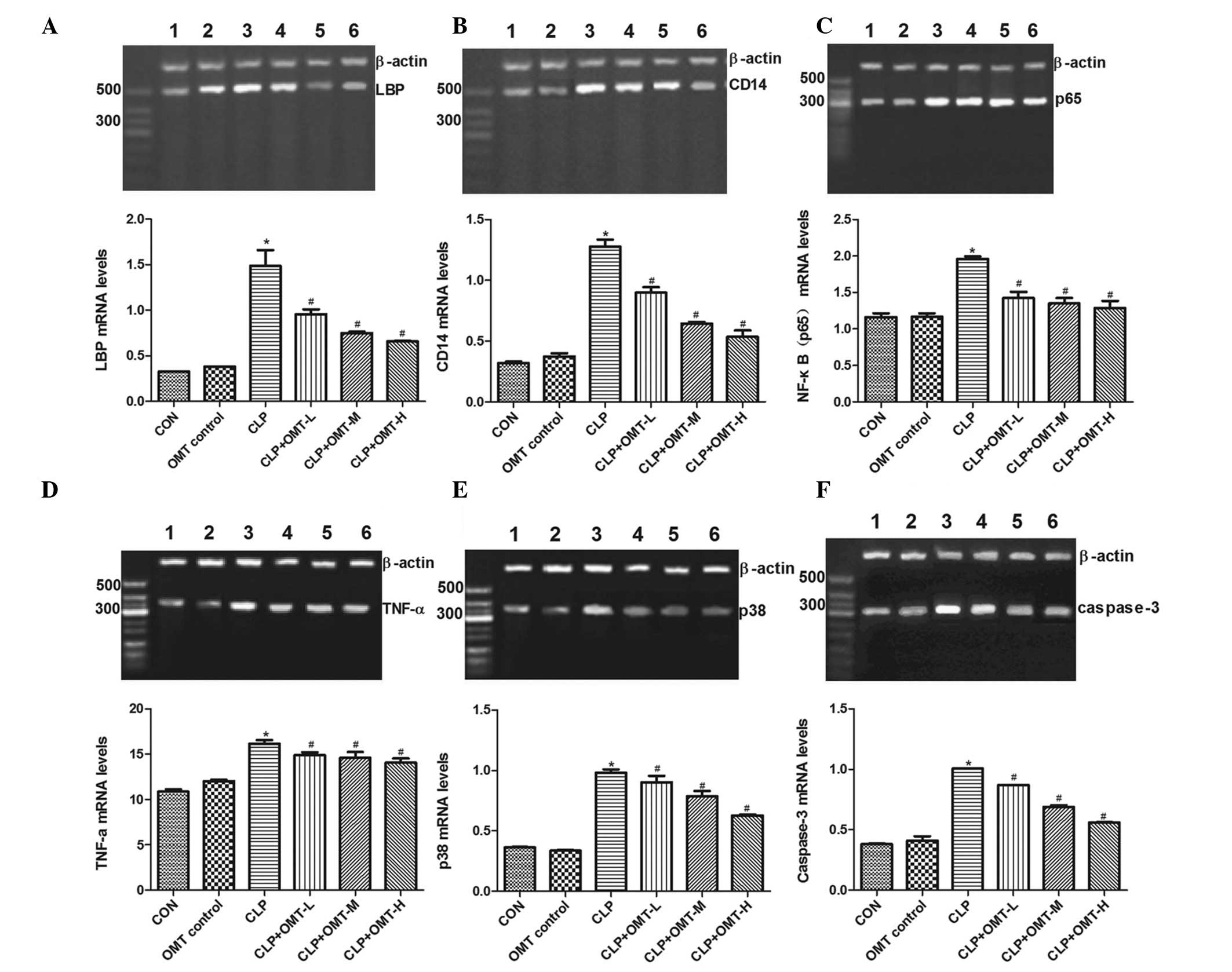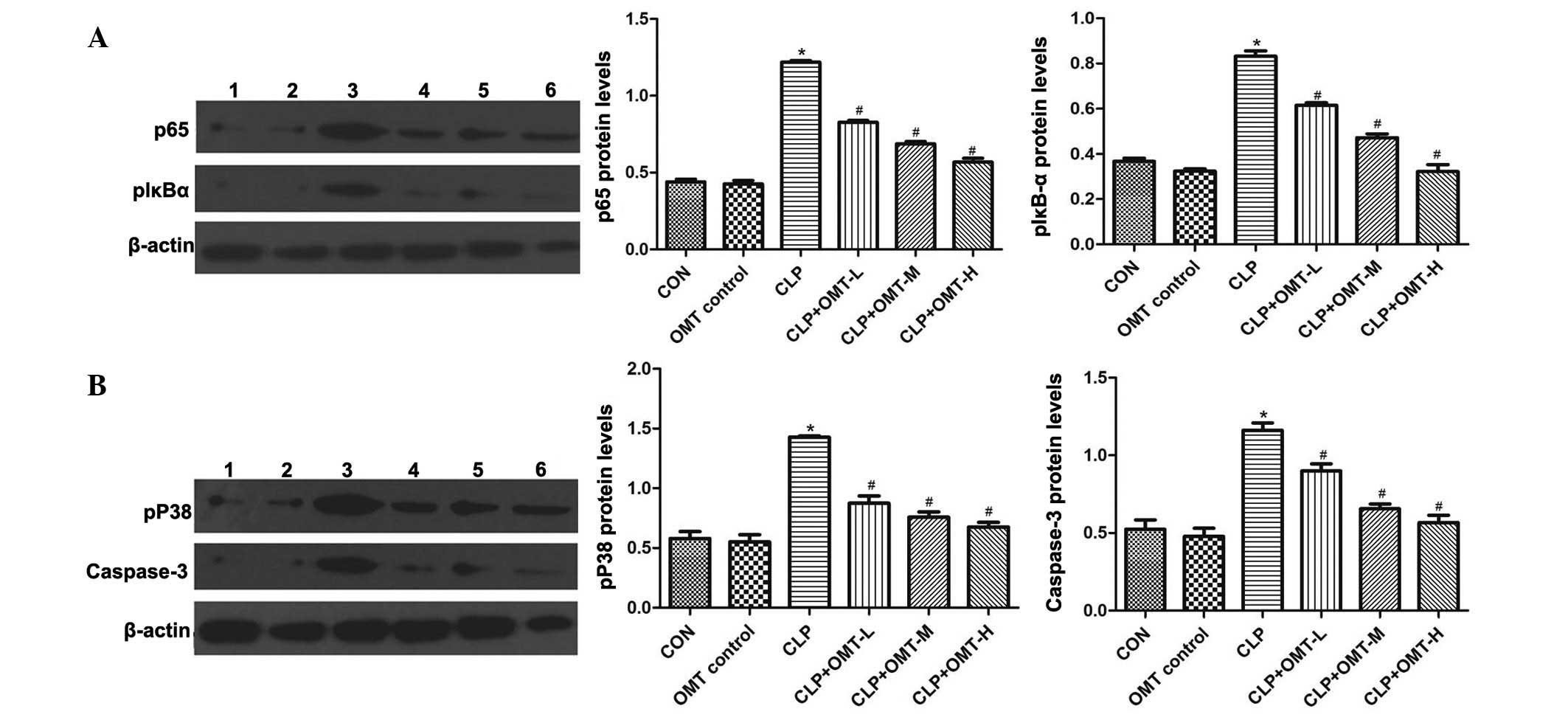|
1
|
Dellinger RP, Levy MM, Rhodes A, Annane D,
Gerlach H, Opal SM, Sevransky JE, Sprung CL, Douglas IS, Jaeschke
R, et al Surviving Sepsis Campaign Guidelines Committee including
The Pediatric Subgroup: Surviving Sepsis Campaign: International
guidelines for management of severe sepsis and septic shock, 2012.
Intensive Care Med. 39:165–228. 2013. View Article : Google Scholar : PubMed/NCBI
|
|
2
|
Nowak RM, Nanayakkara P, DiSomma S, Levy
P, Schrijver E, Huyghe R, Autunno A, Sherwin RL, Divine G and Moyer
M: Noninvasive hemodynamic monitoring in emergency patients with
suspected heart failure, sepsis and stroke: The PREMIUM registry.
West J Emerg Med. 15:786–794. 2014. View Article : Google Scholar : PubMed/NCBI
|
|
3
|
Celes MR, Prado CM and Rossi MA: Sepsis:
Going to the heart of the matter. Pathobiology. 80:70–86. 2012.
View Article : Google Scholar : PubMed/NCBI
|
|
4
|
Zhang MH, Li GZ, Xu H, Zhang J and Cao J:
Effect of oxymatrine on NF-kappaB and other cell factors in rats
lung tissue with septic shock. Zhongguo Zhong Yao Za Zhi.
33:2390–2394. 2008.In Chinese.
|
|
5
|
Zhang MH, Xu H, Wang F, Yang XL, Zhang J,
Li GZ and Cao J: The preventive and therapeutic effects of
oxymatrine on lung injury in a rat model of septic shock. Ningxia
Yixueyuan Xuebao. 30:421–423. 2008.In Chinese.
|
|
6
|
Wang XY, Zhang MH, Yang ML, Jiang YD, Li
GZ, Yang XL, Xu H and Cao J: Effect of oxymatrine on JAK2/STAT3
signaling in renal tissues of rats with septic shock. Zhongguo
Zhong Yao Za Zhi. 38:2696–2700. 2013.In Chinese. PubMed/NCBI
|
|
7
|
Belperio J, Horwich T, Abraham WT, Fonarow
GC, Gorcsan J III, Bersohn MM, Singh JP, Sonel A, Lee LY, Halilovic
J, et al: Inflammatory mediators and clinical outcome in patients
with advanced heart failure receiving cardiac resynchronization
therapy. Am J Cardiol. 117:617–625. 2016. View Article : Google Scholar : PubMed/NCBI
|
|
8
|
Pecoraro M, Del Pizzo M, Marzocco S,
Sorrentino R, Ciccarelli M, Iaccarino G, Pinto A and Popolo A:
Inflammatory mediators in a short-time mouse model of
doxorubicin-induced cardiotoxicity. Toxicol Appl Pharmacol.
293:44–52. 2016. View Article : Google Scholar : PubMed/NCBI
|
|
9
|
Moussa MD, Santonocito C, Fagnoul D,
Donadello K, Pradier O, Gaussem P, De Backer D and Vincent JL:
Evaluation of endothelial damage in sepsis-related ARDS using
circulating endothelial cells. Intensive Care Med. 41:231–238.
2015. View Article : Google Scholar
|
|
10
|
Zhang M, Wang X, Wang X, Hou X, Teng P,
Jiang Y, Zhang L, Yang X, Tian J, Li G, et al: Oxymatrine protects
against myocardial injury via inhibition of JAK2/STAT3 signaling in
rat septic shock. Mol Med Rep. 7:1293–1299. 2013.PubMed/NCBI
|
|
11
|
Drosatos K, Lymperopoulos A, Kennel PJ,
Pollak N, Schulze PC and Goldberg IJ: Pathophysiology of
sepsis-related cardiac dysfunction: Driven by inflammation, energy
mismanagement, or both? Curr Heart Fail Rep. 12:130–140. 2015.
View Article : Google Scholar :
|
|
12
|
Yuan X, Wang Y, Du D, Hu Z, Xu M, Xu M and
Liu Z: The effects of the combination of sodium ferulate and
oxymatrine on lipopolysaccharide-induced acute lung injury in mice.
Inflammation. 35:1161–1168. 2012. View Article : Google Scholar : PubMed/NCBI
|
|
13
|
Cui HL, Wang YF, Li XL and Kang QX:
Clinical observation of matrine injection in the treatment of 51
cases of various types of cancers. Shanxi Yiyao Zazhi. 22:232–233.
1993.In Chinese.
|
|
14
|
Zheng P, Niu FL, Liu WZ, Shi Y and Lu LG:
Anti-inflammatory mechanism of oxymatrine in dextran sulfate
sodium-induced colitis of rats. World J Gastroenterol.
11:4912–4915. 2005. View Article : Google Scholar : PubMed/NCBI
|
|
15
|
Xu GL, Yao L, Rao SY, Gong ZN, Zhang SQ
and Yu SQ: Attenuation of acute lung injury in mice by oxymatrine
is associated with inhibition of phosphorylated p38
mitogen-activated protein kinase. J Ethnopharmacol. 98:177–183.
2005. View Article : Google Scholar : PubMed/NCBI
|
|
16
|
Han Y, Zhou Y and Liu Q: Antiendotoxic
effects of Sophora alopecuroides L. Zhong Yao Cai. 29:1066–1068.
2006.In Chinese.
|
|
17
|
Jing HM: Cecal ligation puncture of rat
model of sepsis. Zhongguo Chaosheng Yixue Zazhi. 2:126–127. 1990.In
Chinese.
|
|
18
|
Zhang L, Yao J, Wang X, Li H, Liu T and
Zhao W: Poly (ADP-ribose) synthetase inhibitor has a heart
protective effect in a rat model of experimental sepsis. Int J Clin
Exp Pathol. 8:9824–9835. 2015.PubMed/NCBI
|
|
19
|
Fan DL, Zhao WJ, Wang YX, Han SY and Guo
S: Oxymatrine inhibits collagen synthesis in keloid fibroblasts via
inhibition of transforming growth factor-β1/Smad signaling pathway.
Int J Dermatol. 51:463–472. 2012. View Article : Google Scholar : PubMed/NCBI
|
|
20
|
Liu L, Lu W, Ma Z and Li Z: Oxymatrine
attenuates bleomycin-induced pulmonary fibrosis in mice via the
inhibition of inducible nitric oxide synthase expression and the
TGF-β/Smad signaling pathway. Int J Mol Med. 29:815–822.
2012.PubMed/NCBI
|
|
21
|
Chai NL, Fu Q, Shi H, Cai CH, Wan J, Xu SP
and Wu BY: Oxymatrine liposome attenuates hepatic fibrosis via
targeting hepatic stellate cells. World J Gastroenterol.
18:4199–4206. 2012. View Article : Google Scholar : PubMed/NCBI
|
|
22
|
Zhang Y, Yan R and Hu Y: Oxymatrine
inhibits lipopolysaccharide-induced inflammation by down-regulating
Toll-like receptor 4/nuclear factor-kappa B in macrophages. Can J
Physiol Pharmacol. 93:253–260. 2015. View Article : Google Scholar : PubMed/NCBI
|
|
23
|
Yang Z, Yin R, Cong Y, Yang Z, Zhou E, Wei
Z, Liu Z, Cao Y and Zhang N: Oxymatrine lightened the inflammatory
response of LPS-induced mastitis in mice through affecting NF-κB
and MAPKs signaling pathways. Inflammation. 37:2047–2055. 2014.
View Article : Google Scholar : PubMed/NCBI
|
|
24
|
Zhang W, Zhang J, Liu YK, Liu J, Wang X,
Xu Q, Wang Y, Xu X and Dai G: Cardioprotective effects of
oxymatrine on isoproterenol-induced heart failure via regulation of
DDAH/ADMA metabolism pathway in rats. Eur J Pharmacol. 745:29–35.
2014. View Article : Google Scholar : PubMed/NCBI
|
|
25
|
Xu M, Wang W, Pei X, Sun S, Xu M and Liu
Z: Protective effects of the combination of sodium ferulate and
oxymatrine on cecal ligation and puncture-induced sepsis in mice.
Exp Ther Med. 7:1297–1304. 2014.PubMed/NCBI
|
|
26
|
Ailawadi S, Wang X, Gu H and Fan GC:
Pathologic function and therapeutic potential of exosomes in
cardiovascular disease. Biochim Biophys Acta. 1852:1–11. 2015.
View Article : Google Scholar
|
|
27
|
Park SY, Bae YS, Ko MJ, Lee SJ and Choi
YW: Comparison of anti-inflammatory potential of four different
dibenzocy-clooctadiene lignans in microglia; action via activation
of PKA and Nrf-2 signaling and inhibition of MAPK/STAT/NF-κB
pathways. Mol Nutr Food Res. 58:738–748. 2014. View Article : Google Scholar
|
|
28
|
Kim BH, Lee JM, Jung YG, Kim S and Kim TY:
Phytosphingosine derivatives ameliorate skin inflammation by
inhibiting NF-κB and JAK/STAT signaling in keratinocytes and mice.
J Invest Dermatol. 134:1023–1032. 2014. View Article : Google Scholar
|
|
29
|
Park OJ, Han JY, Baik JE, Jeon JH, Kang
SS, Yun CH, Oh JW, Seo HS and Han SH: Lipoteichoic acid of
Enterococcus faecalis induces the expression of chemokines via TLR2
and PAFR signaling pathways. J Leukoc Biol. 94:1275–1284. 2013.
View Article : Google Scholar : PubMed/NCBI
|
|
30
|
Kuebler U, Zuccarella-Hackl C, Arpagaus A,
Wolf JM, Farahmand F, von Känel R, Ehlert U and Wirtz PH:
Stress-induced modulation of NF-κB activation,
inflammation-associated gene expression and cytokine levels in
blood of healthy men. Brain Behav Immun. 46:87–95. 2015. View Article : Google Scholar : PubMed/NCBI
|















